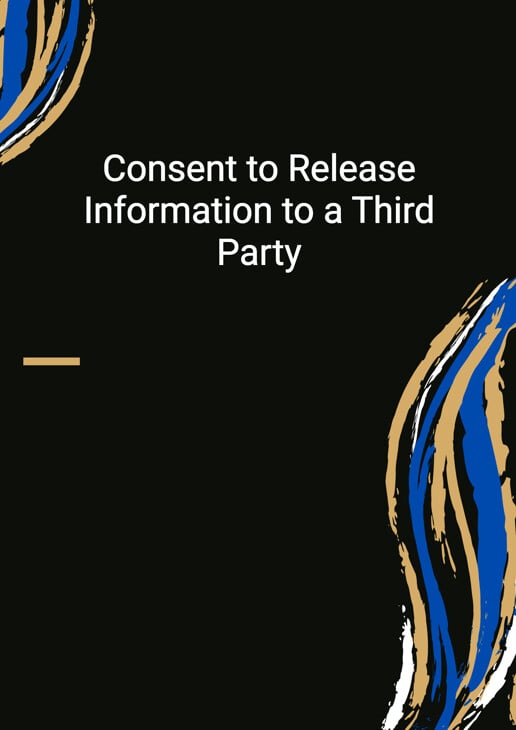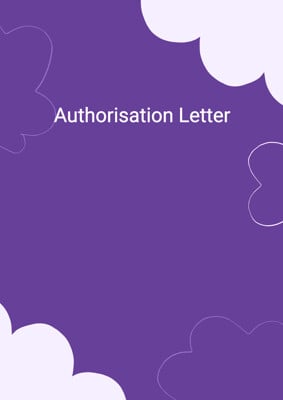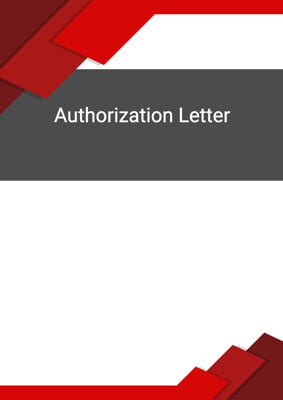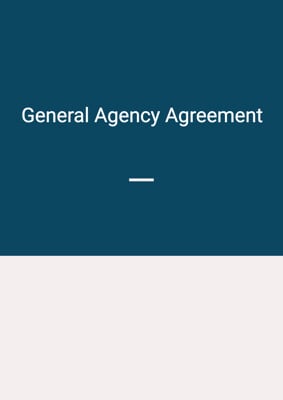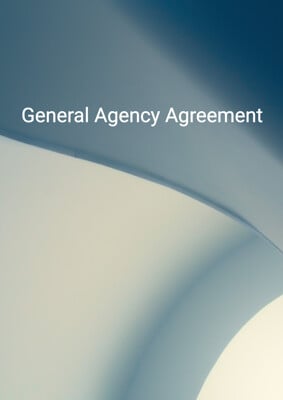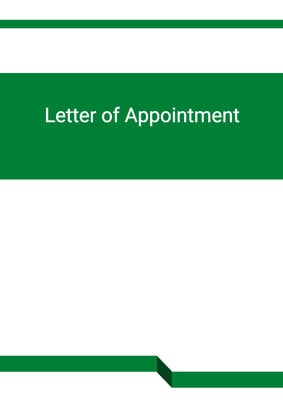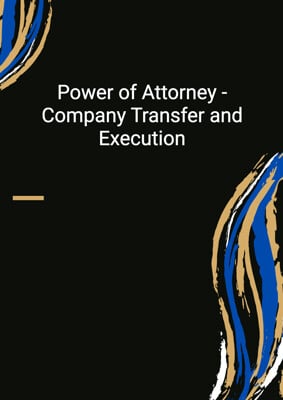How to Tailor the Document for Your Need?
01
Create Document
Fill in the details of the parties. You can click the "Fill with Member’s Information" button to complete it with information saved to your account.
02
Fill Information
Please fill in any additional information by following the step-by-step guide on the left hand side of the preview document and click the "Next" button.
03
Get Document
When you are done, click the "Get Document" button and you can download the document in Word or PDF format.
04
Review Document
The document should be signed by the authorised signatory (or directors of a company) and witnessed to complete the formality.
Document Preview
Document Description
The document titled 'Consent to Release Information to a Third Party' is an authorization form that allows an individual to grant permission for a third party to request and obtain their personal information from a specific source. The importance of this document lies in its ability to facilitate the sharing of sensitive information while ensuring the individual's consent and privacy are protected.
The entire document consists of several sections that serve different purposes. The first section includes the account holder's personal details, such as their first name, last name, address, telephone number, and email address. This information is essential for identifying the account holder and establishing their contact information.
The second section is addressed to the manager or the authorized recipient of the information. It states the current date and the subject of the document, which is the third-party release authorization. This section sets the context for the authorization and informs the recipient about the purpose of the document.
The third section contains the main body of the authorization. It begins with a salutation, addressing the manager or recipient. The account holder explicitly authorizes the third party, whose full name is mentioned, to request and obtain their documents from a specific source, which is referred to as 'name.' The account holder may specify the type or description of the information they are authorizing the release of.
The fourth section specifies the validity period of the authorization. It states that the authorization is effective from the current date and will remain in effect until the expiry date, unless the account holder revokes it in writing. This section emphasizes the account holder's control over their consent and the ability to withdraw it at any time.
The fifth section includes a declaration by the account holder, stating that they have voluntarily made this authorization and that the information provided on the form is true and correct. It also highlights the account holder's understanding that they can withdraw their consent by providing written notice to the specific recipient mentioned as 'name.' Additionally, it clarifies that the withdrawal of consent will not have retroactive effects.
The sixth section is for the account holder's signature, date, and printed name. By signing the document, the account holder acknowledges that they have read and understood the terms of the third-party release authorization and consent to the release of their information.
The final section concludes the document with a closing salutation and the account holder's first name and last name.
Each section of the document serves a specific purpose, ensuring that the authorization process is clear, comprehensive, and legally valid. The document's detailed structure and content provide a solid foundation for obtaining consent and facilitating the secure exchange of personal information.
How to use this document?
To use the 'Consent to Release Information to a Third Party' document effectively, follow these steps:
1. Fill in the account holder's personal information: Enter the account holder's first name, last name, address, telephone number, and email address in the designated fields. This information is crucial for identifying the account holder and establishing contact.
2. Address the document to the manager or authorized recipient: Specify the name and address of the manager or authorized recipient who will receive the authorization. This ensures that the document reaches the intended recipient.
3. Provide the current date: Write down the current date in the designated field. This establishes the timeline of the authorization and ensures accuracy.
4. State the subject of the document: Clearly indicate that the document is a 'third-party release authorization' in the subject line. This informs the recipient about the purpose of the document.
5. Begin with a salutation: Address the manager or recipient in a professional manner, using appropriate salutations such as 'Dear Manager' or 'To Whom It May Concern.' This sets a respectful tone for the authorization.
6. Authorize the release of information: Clearly state the full name of the third party who is authorized to request and obtain the account holder's documents. Specify the source from which the documents should be obtained, referred to as 'name.' If necessary, describe the specific information that is authorized for release.
7. Specify the validity period: Indicate that the authorization is valid from the current date and will remain in effect until the expiry date, unless the account holder revokes it in writing. This ensures clarity regarding the duration of the authorization.
8. Include a declaration: Have the account holder declare that they have voluntarily made this authorization and that the information provided is true and correct. Emphasize their understanding that they can withdraw their consent by providing written notice to the specific recipient mentioned as 'name.' Clarify that the withdrawal of consent will not have retroactive effects.
9. Obtain the account holder's signature: Leave space for the account holder to sign the document. This serves as their acknowledgment that they have read and understood the terms of the third-party release authorization and consent to the release of their information.
10. Record the date: Have the account holder write down the current date next to their signature. This ensures that the document is properly dated.
11. Conclude with a closing salutation: End the document with a professional closing, such as 'Sincerely' or 'Best Regards.' Include the account holder's first name and last name to provide a personal touch.
By following these steps, you can effectively use the 'Consent to Release Information to a Third Party' document, ensuring that the authorization process is clear, concise, and legally valid.
Not the right document?
Don’t worry, we have thousands of documents for you to choose from:
